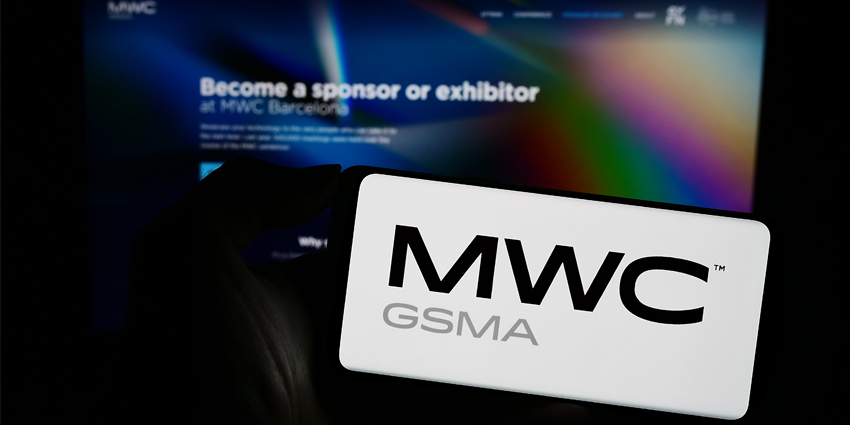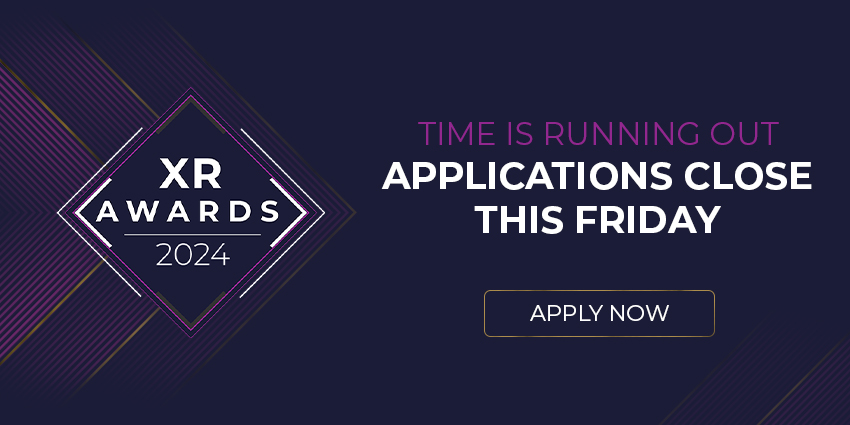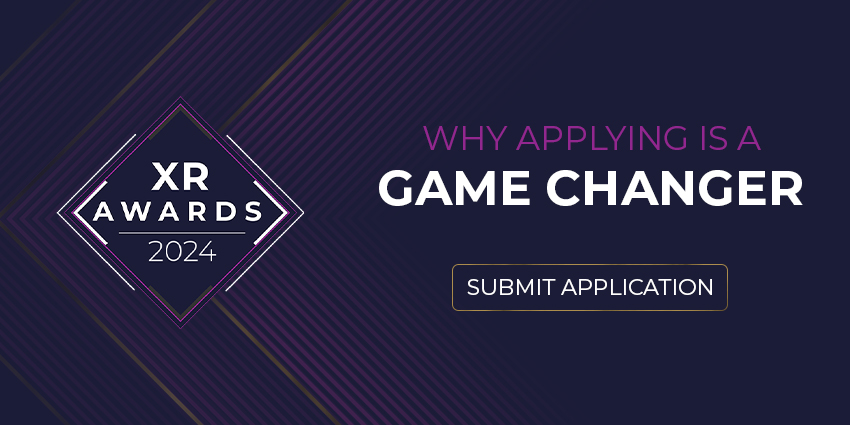MWC 2024 wrapped up for another year. The event always wows spectators with a rich lineup of technology vendors and innovations; however, in 2024, XR took centre stage with many firms highlighting major products, addressing device debuts, and entering the market.
The Vision Pro bring Apple’s branding into the space and, with it, many eyes. Now, it appears that various major firms are joining suit by developing immersive workplace solutions.
MWC 2024 was a valuable insight into the mainstream XR market. With the year full of events, interested audiences should take note, as the future of XR and work is being laid out today.
Major Firms Enter the XR Market
During a launch event at MWC 2024, Samsung showcased a new XR headset developed in collaboration with Google and Qualcomm. The device is expected to hit the market in 2025. At the event, Samsung also unveiled other innovative tech products, such as an immersive device, a smart ring, and an assistive mobility robotics device.
According to reports, the upcoming Samsung XR headset will feature a microOLED display, eight tracking cameras, a Time of Flight (ToF) sensor, voice commands, eye tracking, and hand tracking. Additionally, as Samsung and Google have partnered with Qualcomm, it is reasonable to assume that the device will use the Qualcomm XR2+ Gen 2 Platform, which supports AI-ready wearables.
AWS is also continuing its forward momentum in the XR space. At the event, AWS collaborated with Proto Holograms to showcase a new system powered by Amazon Bedrock. This system uses holographic AI avatars displayed on a large-scale kiosk. During the event, AWS VP Matt Wood conducted a live broadcast, allowing him to interact with a group of attendees identified as MWC 2024. Wood communicated with the audience in real-time, facilitating Q&A sessions.
AWS highlighted that the demonstration showcased their “next-generation partner ecosystems” by bringing together emerging technology platforms and content providers. This collaboration aims to drive the next wave of AI. AWS’s Bedrock service allows Proto Hologram to select a range of avatar models, personalize private data sets and integrate additional AWS services.
Major XR Firms Push Spaital Productivity Solutions
As Apple enters the immersive technology space, a shift towards XR/spatial computing productivity solutions is underway. In turn, the market entry is making many immersive hardware vendors take note to leverage newfound interest in XR solutions or divert production efforts towards creating competitive XR workplace solutions.
Most of the XR firms present at MWC are already deep in production efforts for future work solutions. However, in 2024, events such as MWC and others will become a hotbed of a platform for XR vendors to announce commitments towards productivity tools.
Shen Ye, Global Head of Product at HTC VIVE, discussed the primary drivers of the XR industry, with the entry of Apple into the market being a significant factor driving changes in the industry.
According to Shen, Apple’s entry has “validated everything that we’ve invested in, in our hardware, our platform, our infrastructure, and we’ve seen much more interest in this space and even this show (MDC 2024).”
The Vision Pro headset is unique because it does not require a controller and relies on tracking technology to record inputs. However, HTC VIVE still believes that controllers hold value. Shen explained that the company has been distributing tracking solutions, including hand tracking, for the past four years. While tracking technology is innovative, controllers are still preferable for specific use cases as they offer greater accuracy.
HTC VIVE has announced new enterprise immersive services for its XR Elite Business Edition product. The new features include support for a location-based software suite that enables multi-user location-based experiences, such as those found in arcades, museums, galleries, and cultural institutions.
Additionally, the company has introduced a VIVE Business+ system that optimizes fleet hardware and software deployment. These new features are designed to enhance operations across longer multi-user sessions. HTC VIVE also confirmed that new hardware accessories, such as a face gasket, over-the-top head strap, and security clips, will facilitate more versatile use cases.
Moreover, on the software side, Taqtile, a renowned company in AR instructional solutions, is currently demonstrating its increased support for Microsoft services to enhance the usability of its immersive solution in challenging industrial environments. The company’s Manifest solution can now adopt the Azure Private 5G Core into its AR instructional platform, allowing Taqtile’s workers to effectively use Manifest on HoloLens 2 headsets.
Fresh Technology Innovations
To match market-leading enterprise solutions comes market-leading technology innovations. For example, Finnish eye-tracking solutions provider SeeTrue Technologies highlighted its innovative sensor technology, which is ready for upcoming XR headsets.
The company notes that its brand of tracking technology constantly updates an internal model of a user’s eyes so that the components can track placement, blinking, and gaze. Moreover, the tracking solutions do not leverage machine learning but use precise measurements.
Lenovo has announced a new set of devices in its third, fifth, and sixth T series of AI notebook computers called ThinkPads. The devices’ AI features are designed to streamline work processes and enhance creativity for business users.
The ThinkBook is an industry-first laptop with a 17.3-inch Micro-LED transparent display, providing users with a borderless viewing experience. The computer has a see-through screen, a transparent keyboard area and a footpad design that appears to float, which will enhance user experiences. The laptop uses Artificial Intelligence Generated Content (AIGC) to overlay digital information on top of physical objects on the transparent screen, bringing together the real with the virtual.
RealWear and product partners Teledyne FLIR have launched a new Navigator Z1 assisted-reality wearable device with a built-in thermal camera. Mike Walters, the Vice President of uncooled thermal imaging camera cores at Teledyne FLIR, stated that he is impressed with the innovative ways Thermal by FLIR collaborators integrate their camera modules and expertise to develop cutting-edge products for both industry and consumers.
The Navigator Z1 headset is designed to address operational inefficiencies and safety risks while providing hands-free remote communication and two-way data sharing. Furthermore, the device enables frontline workers to share streamlined workflows and real-time thermal insights, which can help them make informed decisions in high-risk environments.
XPANCEO recently unveiled four prototypes of smart contact lenses, one of which boasts advanced XR capabilities. The prototypes are designed to create ultra-thin and less intrusive XR contact lenses that can replace the bulkier AR/VR/VR devices. The XR lens allows users to access immersive features such as health monitoring, XR content surfing, and other visuals that were once achievable only through large-scale XR head-mounted displays.
Users can also interact with immersive video calls, social media, and gaming applications. The lens comes equipped with integrated biosensors that display medical information as a heads-up display. The other smart contact lens prototypes also offer new solutions such as low-light vision and zooming capabilities. Each lens is as thin as a medical lens, and XPANCEO plans to launch a “perfect all-in-one smart contact lens” with XR features by 2026, as demonstrated at MWC 2024.







